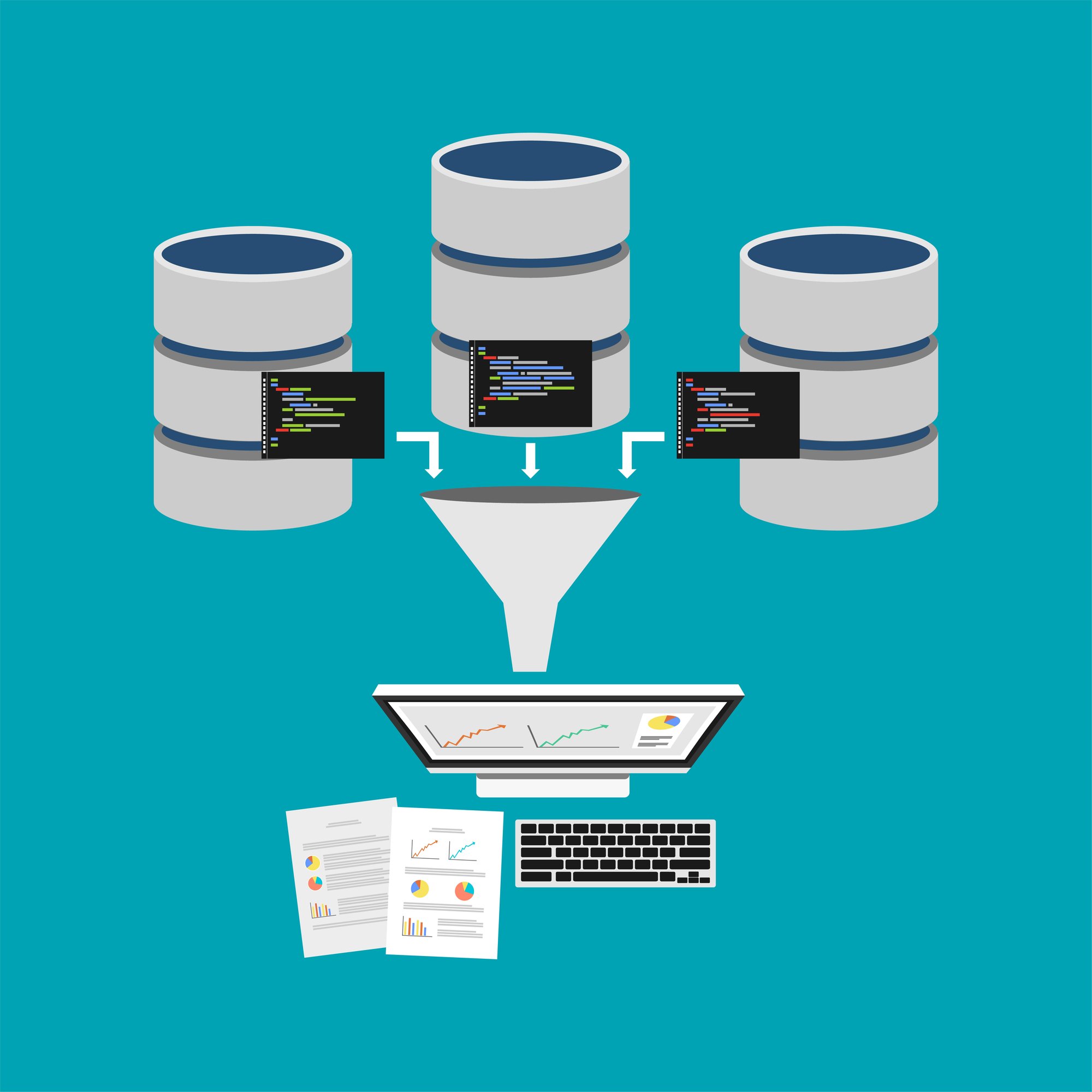Before delving into Cloud Label Printing, let’s first summarize a few relatively new features related to Label Printing.

Firstly, let’s address label layouts. These are an option for customers to use in place of document routing layouts. While the document routing layout is not deprecated, customers now have the choice to use either the traditional layouts or the newer label layouts. Label layouts are a prerequisite for utilizing Cloud Label Printing.
Label layouts facilitate the utilization of variables in designing labels. This functionality is crucial for Cloud Label Printing, as the label file, designed in an external service like Bartender or NiceLabel, can be defined as a variable in Finance and Operations.
Moreover, label layouts offer additional flexibility, such as using label templates. This allows users to construct more sophisticated label layouts with repeating structures or incorporating headers, body, and footer elements.
Secondly, let’s discuss custom labels. Label layouts enable support for the creation of custom labels as well. This feature permits users to build layouts from various data sources, including containers, locations, and products.
Once the data sources are defined, users can leverage the fields on those tables in the label layout forms. To print these custom labels, users can display custom label print buttons on the relevant forms by enabling the parameter in warehouse management parameters.
Thirdly and lastly, let’s touch upon dynamic printer selection. Alongside these new enhancements to the label printing process, a new form has been introduced to define label printer setup. This form is distinct from network printers, as it provides a way to define cloud label printers that are not on the network.
For the utilization of both dynamic printer selection and cloud label printing, label printers need to be defined.
Additionally, there is an ability to define default label printers for warehouse workers and locations. This feature is especially useful if leveraging global belt printers for warehouse workers or assigning dedicated printers for locations like packing stations. These defaults can be set up accordingly.
Cloud Label Printing: Overview
Let’s quickly refresh our understanding of label printing via the document routing agent.

Before the introduction of Cloud Label Printing capabilities in the 10.0.34 update last June, the document routing agent (DRA) served as the sole out-of-the-box option for managing labels and printing in the warehouse. The Cloud Label Printing feature did not replace this; both options can be utilized within the system.
With the DRA, labels are defined as document routing layouts, typically written in ZPL format. These layouts are then mapped to a work order type and an associated printer through the document routing setup.
When print steps are initiated in D365 or the warehouse management app, the job is sent to the DRA (installed on-premises), which subsequently dispatches the job to the designated printer.
Compared to printing labels via an external service, there are several differences in the setup.

Firstly, instead of document routing layouts serving as the source for label design, external services use label layouts to define the design.
The next distinction lies in the necessity to define the external service and its operations.
However, the most significant difference lies in how print jobs are sent to printers. Print jobs are communicated to the external service via HTTP API calls. Examples of external service providers commonly implemented by customers include BarTender, Cloud, Loftware, and NiceLabel.
Administrators can review the external service request log to monitor the requests sent to the service, aiding in troubleshooting any issues that may arise.
Finally, instead of an on-premises DRA managing printer traffic, an on-premises component of the label service may be defined.

Print labels using the Loftware NiceLabel label service solution
Loftware NiceLabel offers a comprehensive solution for creating, managing, and printing standardized and compliant barcode labels. It provides versatility by supporting both cloud-connected printers and traditional on-premises printers.
Within the NiceLabel ecosystem, there are various products available, including NiceLabel Cloud and different versions of their on-premises solutions. This piece delves into the integration of Supply Chain Management with NiceLabel Cloud.
NiceLabel Cloud facilitates integration with other cloud applications through two primary methods:
- 1. **Cloud Print API**: This feature allows NiceLabel Cloud to generate labels and directly send print jobs to printers. These printers can either be cloud printers, connected directly to NiceLabel Cloud, or any printer linked to a workstation where a print gateway component is installed. For an updated list of supported cloud printers, refer to the Loftware website.
- 2. **Cloud Trigger API**: With this approach, NiceLabel Cloud communicates with an on-premises NiceLabel Automation Service instance, which then handles label generation and printing. Each printer requires a Windows printer driver to be installed.
Here’s a breakdown of the advantages and disadvantages of each integration method:
- Cloud Trigger API:
- Offers flexibility through either pre-configured cloud integration packs or customizable print request processing.
- Provides simplicity in on-premises printer naming, utilizing printer names configured on servers running the NiceLabel Automation Service.
- Allows for the installation of multiple instances of the NiceLabel Automation Service for load balancing and enhanced availability.
- Cloud Print API:
- Ensures synchronous printing, with the server waiting for the print engine to complete the printing process.
- Requires a workstation ID to specify the target printer, adding a layer of complexity compared to the Cloud Trigger API.
- Offers a smaller installation footprint compared to the Cloud Trigger API.
Ultimately, the choice between the Cloud Trigger API and the Cloud Print API depends on factors such as desired customization, printing speed requirements, and infrastructure considerations.



